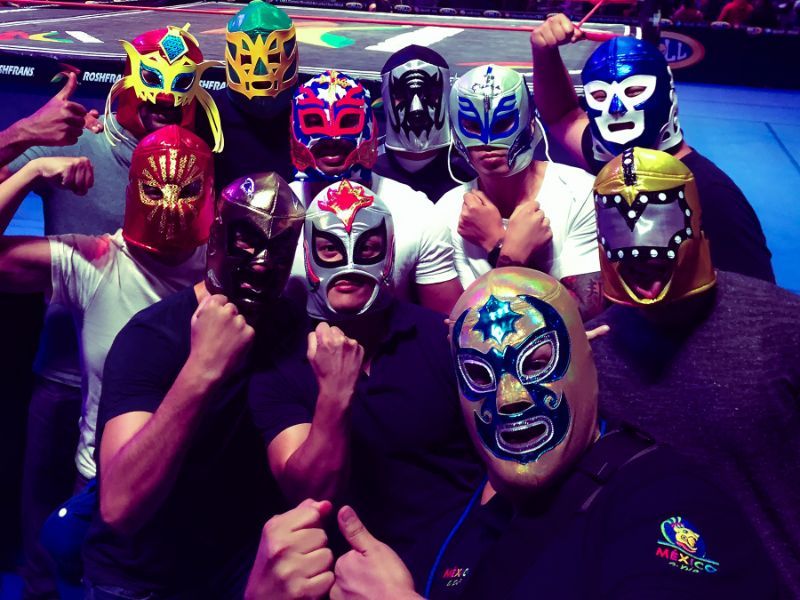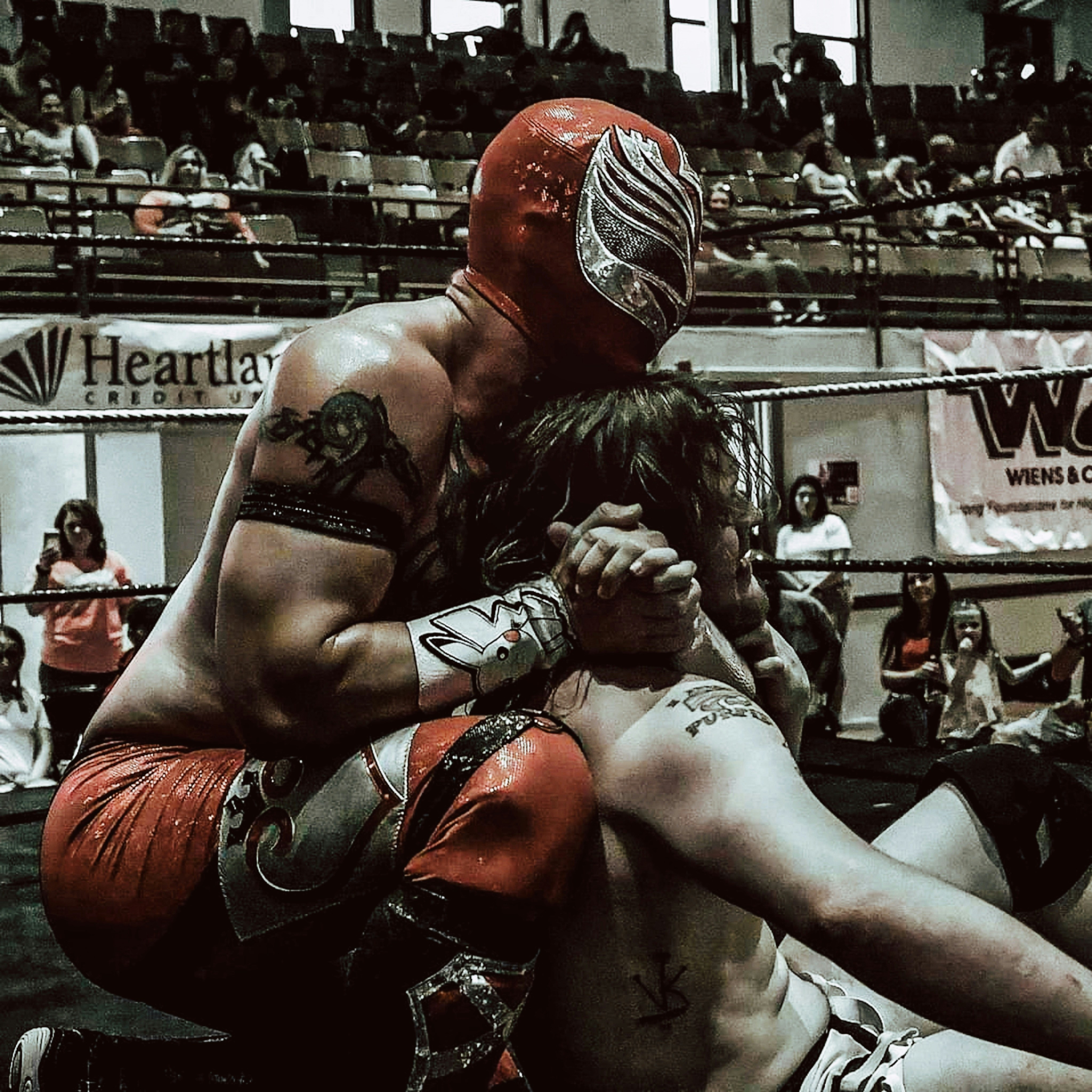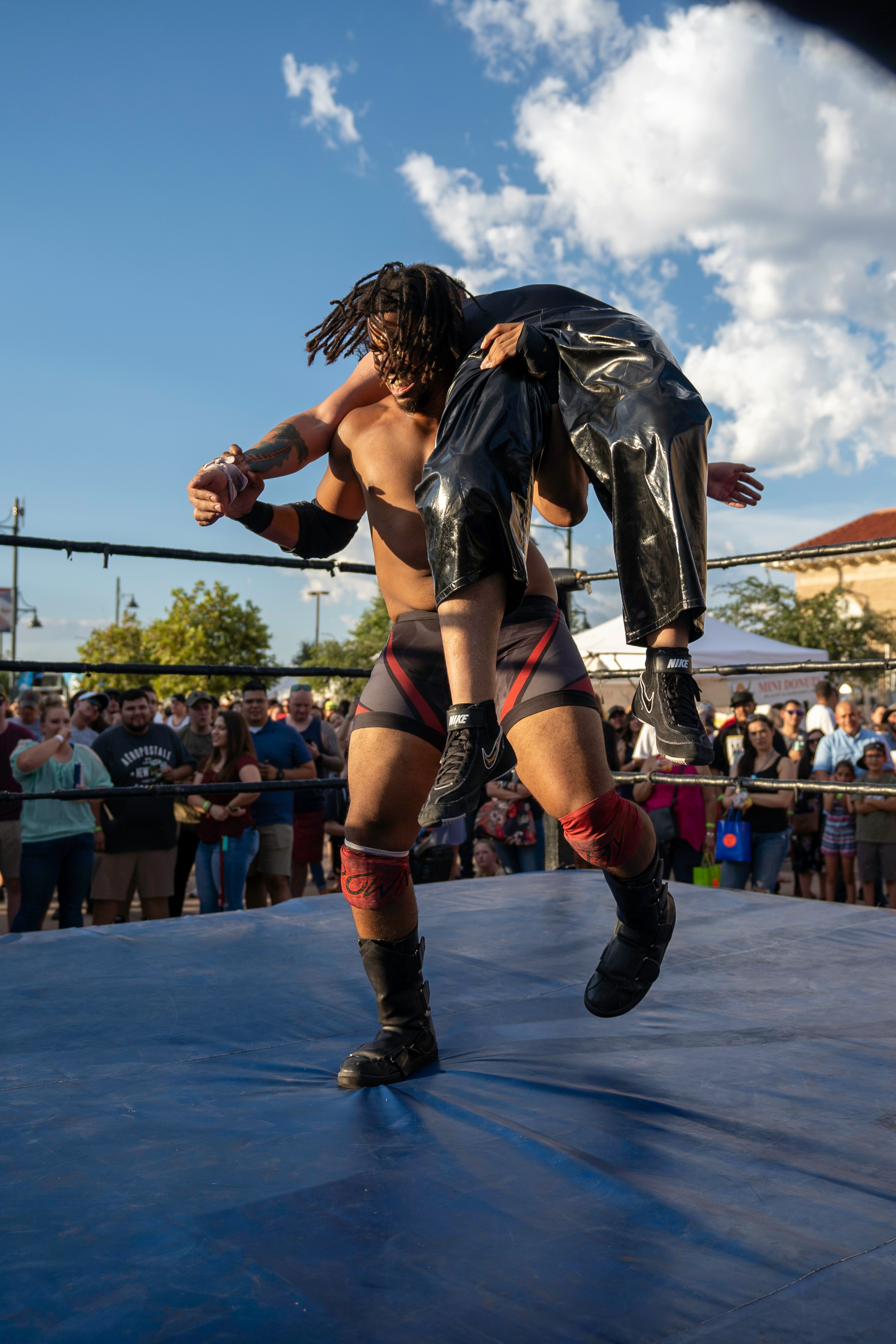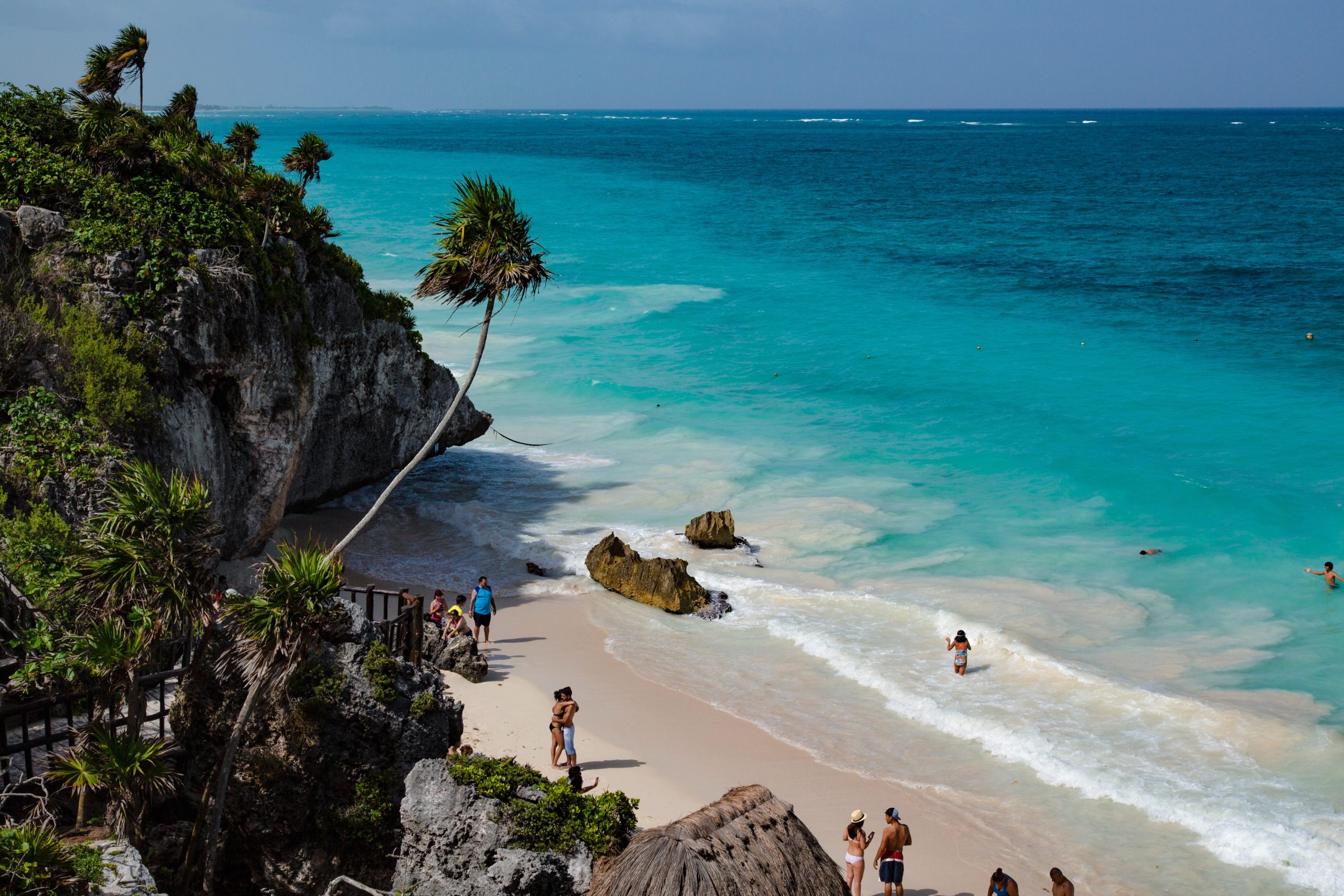The Magic of Lucha Libre in Mexico City




Tailor made for you.
Welcome, wrestling fans! Today we will delve into the fascinating and colorful world of lucha libre in Mexico City, a spectacle that has captured the hearts of millions for generations. Get ready for a fun tour, full of anecdotes, iconic characters, and curious facts that will make you want to put on a mask and jump into the ring.
Lucha libre is not just a sport in Mexico; it is a cultural expression, a show that combines athleticism, theater, and a bit of magic. The wrestlers, known as "masked fighters," are true real-life superheroes and villains, whose feats in the ring have brought to life a phenomenon that transcends generations and borders.

The history of Mexican lucha libre began in the 1930s, but it was in the following decades that it reached its peak. In 1933, Salvador Lutteroth, known as the "father of Mexican lucha libre," founded the Empresa Mexicana de Lucha Libre (EMLL), now known as the Consejo Mundial de Lucha Libre (CMLL). Since then, Mexico City has become the mecca of this sport, with the legendary Arena México as its main temple.
One of the most distinctive and fascinating elements of Mexican lucha libre is the use of masks. These colorful accessories not only serve to conceal the wrestler’s identity but are also symbols of honor and tradition. For a wrestler, losing their mask in a "mask vs. mask" match is one of the greatest disgraces possible, as it means revealing their identity and, in many cases, the end of their career.

Fun fact: The mask of El Santo, one of the most iconic wrestlers in history, is so sacred that the wrestler was buried with it. A true symbol of his legacy!
Over the years, many wrestlers have become real legends. Here are some of the most iconic:
- El Santo: Known as "The Silver Masked One," El Santo is probably the most famous wrestler in Mexican history. His career spanned more than five decades, and he shone not only in the ring but also in cinema, starring in dozens of films where he always triumphed over vampires, mummies, and other supernatural beings.
- Blue Demon: The eternal rival of El Santo, Blue Demon also became a legend in the ring and in film. His epic battles against El Santo are still remembered as some of the greatest duels in lucha libre history.
- Mil Máscaras: With his impressive repertoire of moves and charisma in the ring, Mil Máscaras was a pioneer in bringing Mexican lucha libre to the international stage. His legacy lives on in the new generation of wrestlers.
- La Parka: With his macabre skull mask, La Parka is one of the most recognized and beloved characters in modern lucha libre. His comedic and acrobatic style made him stand out, and his legacy continues with new generations of wrestlers.

Arena México, known as "The Cathedral of Lucha Libre," is the main stage for the country’s most important matches. Opened in 1956, this iconic venue has witnessed countless epic battles. With a capacity of over 16,000 spectators, the atmosphere in Arena México is simply electrifying.
In 1992, Mexican lucha libre underwent a revolution with the creation of Asistencia Asesoría y Administración (AAA), founded by Antonio Peña. AAA introduced a more spectacular and theatrical style, with flying wrestlers, lights, and music that complement the show. This attracted a new generation of fans and consolidated lucha libre as a mass entertainment spectacle.
Although lucha libre has traditionally been male-dominated, it has also been a stage for powerful and talented female figures. Since the 1950s, female wrestlers have been gaining an important place in the ring, and today, women wrestlers are a crucial part of the spectacle.
- Pioneer female wrestlers: Women like Irma González, La Dama Enmascarada, and La Diabólica were some of the first to break through in a male-dominated sport. Their courage and skills in the ring earned them not only the fans’ respect but also paved the way for future generations.
- Women’s lucha libre today: Currently, wrestlers like Lady Shani, Sexy Star, and Faby Apache are true stars, recognized for their skill and charisma. These women have shown that lucha libre is not an exclusive male sport, and their presence has enriched and diversified the show.

Lucha libre has left an indelible mark on Mexican popular culture and beyond. From movies and comics to music and fashion, the influence of lucha libre can be seen in many aspects of everyday life.
- Wrestler movies: In the 1950s, a unique film genre emerged: wrestler movies. These films mixed action, science fiction, and horror, with wrestlers as protagonists fighting all kinds of creatures, from vampires to aliens. El Santo, Blue Demon, and Mil Máscaras became movie stars, and their films remain popular among cult movie fans.
- Comics and TV shows: Wrestlers also became comic book and TV characters. One of the most iconic is "El Santo" and "El Hijo del Santo," starring in adventures full of action and mystery.
- Music and lucha libre: Rock, punk, and alternative music bands have embraced the aesthetics of lucha libre. At some concerts, it is not unusual to see musicians wearing wrestler masks or even organizing small matches on stage. Lucha libre has also been the subject of songs and has inspired numerous artists.
- Masks in fashion: Lucha libre masks have transcended the ring and become a pop culture icon. Fashion designers, musicians, and artists around the world have incorporated lucha libre aesthetics into their work. You can even find masks in fashion shows and magazine covers!
- Wrestlers in politics: Some wrestlers have taken their popularity beyond the ring and ventured into politics. One example is Tinieblas Jr., who has been a candidate for public office on several occasions.
- The ring in everyday life: In Mexico City, lucha libre is so popular that there are even gyms specialized in lucha libre training for amateurs. Can you imagine training with a mask on? It’s a whole experience!
- Markets and street fairs: In markets like La Lagunilla or Tepito, it is common to find stalls selling masks, posters, action figures, and all kinds of lucha libre memorabilia. These items are not just souvenirs; for many, they are symbols of pride and identity as fans.
- Graffiti and urban art: The streets of Mexico City are full of murals and graffiti paying tribute to wrestlers. Urban artists use images of wrestlers like El Santo, Blue Demon, or La Parka to decorate walls and tell stories through street art.
- International impact: Mexican lucha libre has had a great influence on professional wrestling in other countries, especially the United States and Japan. Mexican wrestlers have taken the "lucha libre" style worldwide, and today it’s common to see Mexican-style matches at international events.
- Wrestlers and superheroes: In Mexico, wrestlers are seen as true superheroes. Their popularity is comparable to comic book characters like Superman or Batman. In fact, in many Mexican households, wrestler masks are treated with the same respect as religious icons.
If you want to immerse yourself in the vibrant and unique experience of lucha libre, there are several iconic places where you can enjoy this sport. Here we present the best options, useful tips, and everything you need to know to live an unforgettable night in the Mexican capital.

Arena México
- Location: Dr. Lavista Street 189, Doctores neighborhood
- Events: Tuesday, Friday, and Sunday nights
Arena Coliseo
- Location: República de Perú 77, Historic Center
- Events: Saturday nights
Ticket Sales
- At the box office: The most traditional way is to buy tickets directly at the arena’s box office. It is recommended to arrive at least one hour early, especially if you plan to attend an event at Arena México, as tickets may sell out quickly.
- Online: Platforms like Ticketmaster and Superboletos offer the option to buy tickets online for most lucha libre events. This is especially convenient for tourists who prefer to secure their seats in advance.
- Tour packages: Some travel agencies offer packages that include tickets for lucha libre events, transportation from the hotel, and even a guided tour of Mexico City. This option is ideal for those seeking a hassle-free experience.
Whether you are a lifelong fan or new to the world of masked fighters, Mexico City offers a unique and electrifying experience at every match. So, the next time you are in the Mexican capital, don’t miss the opportunity to attend a lucha libre show.
journey






